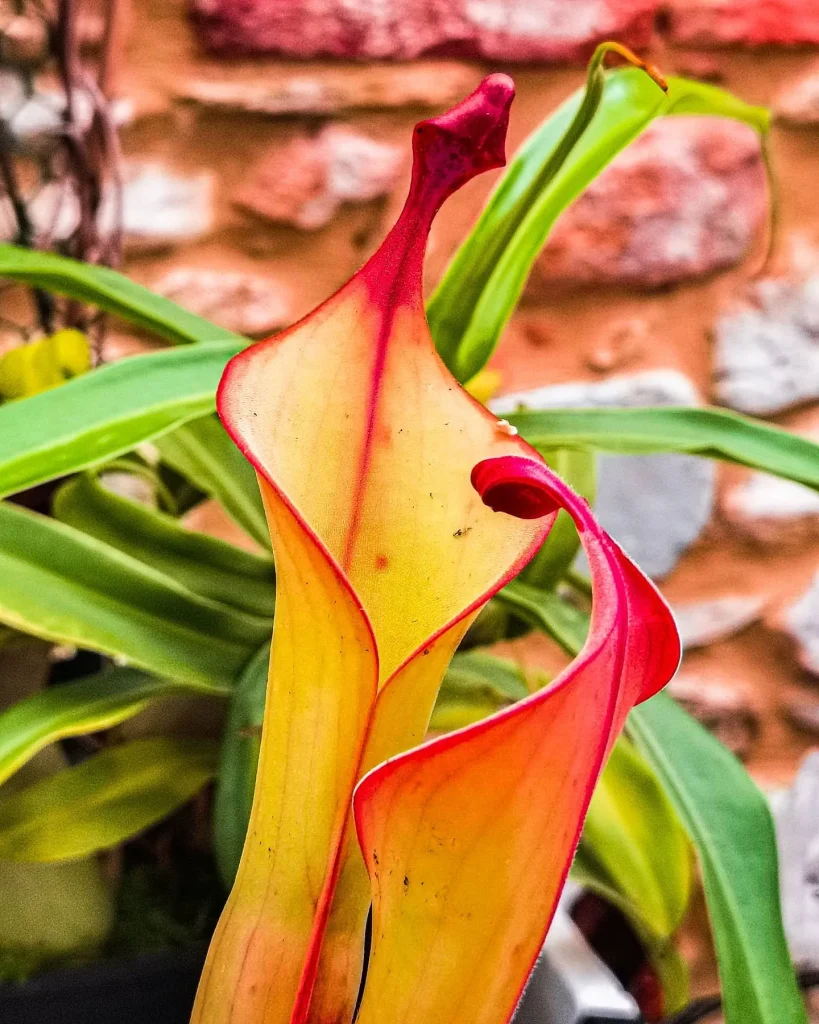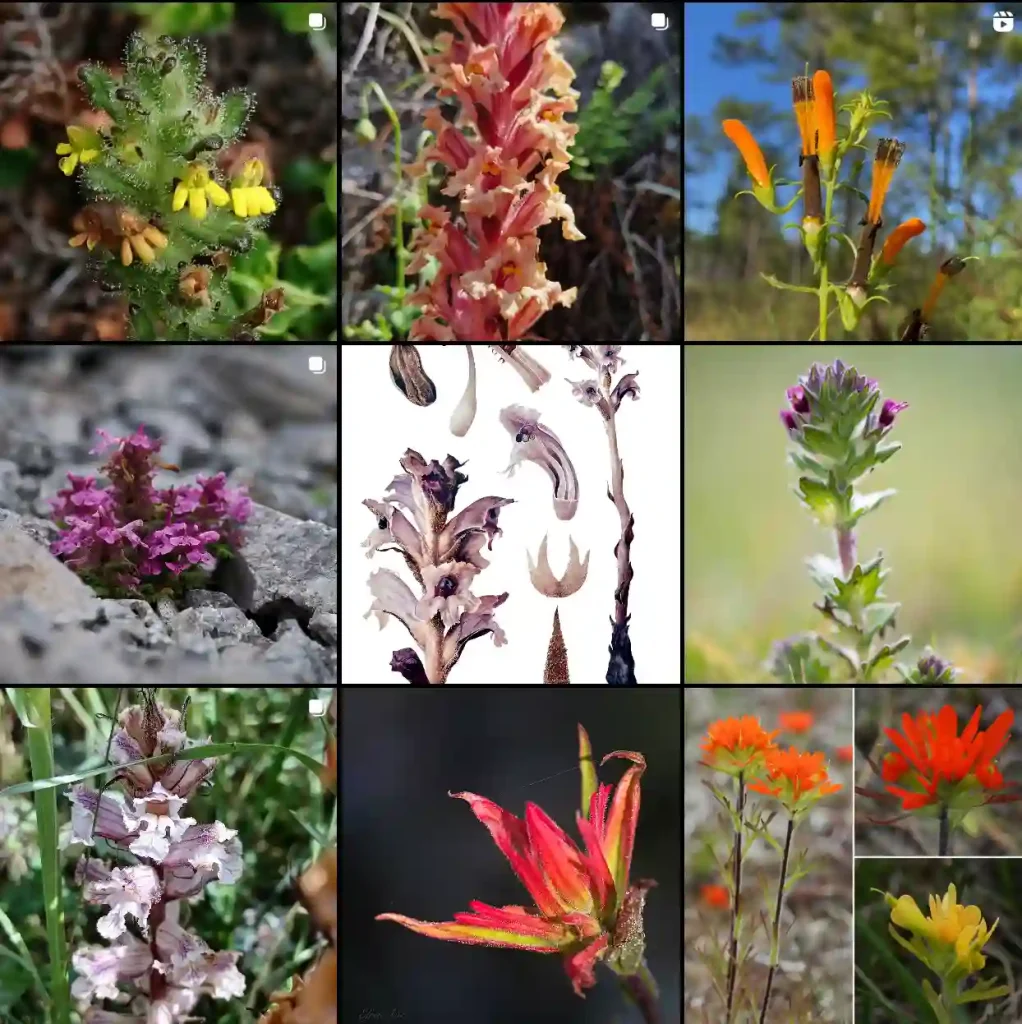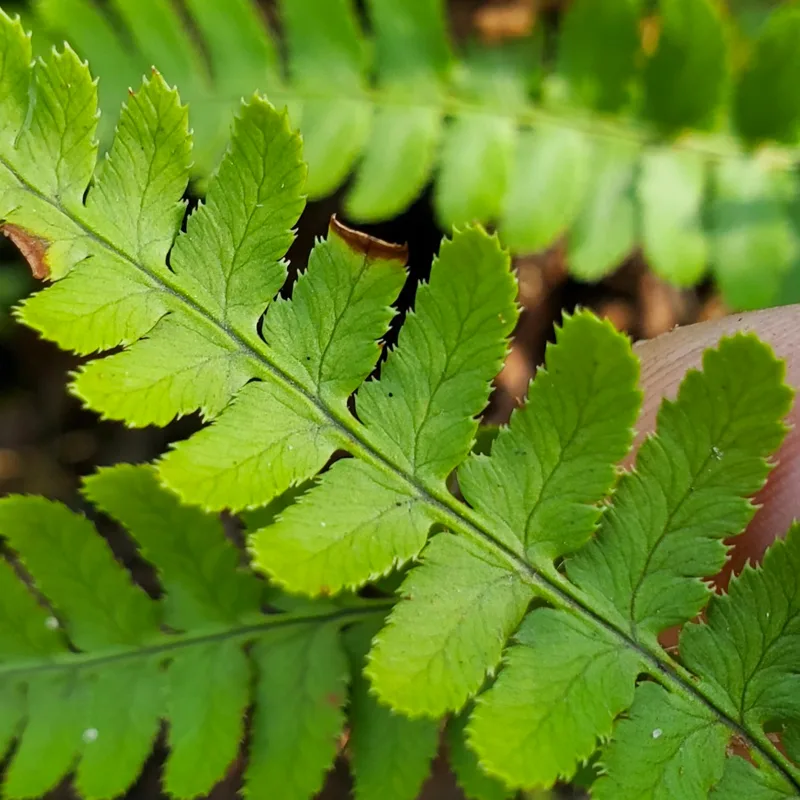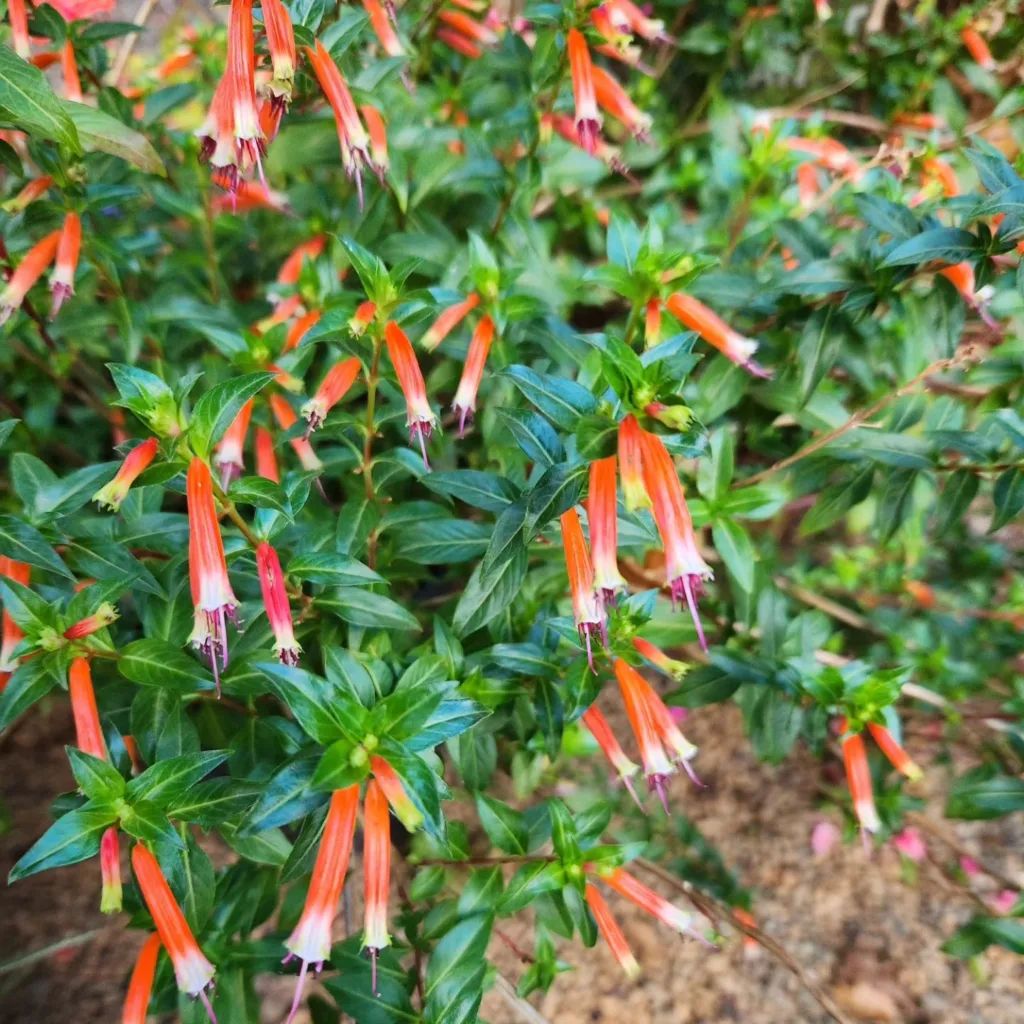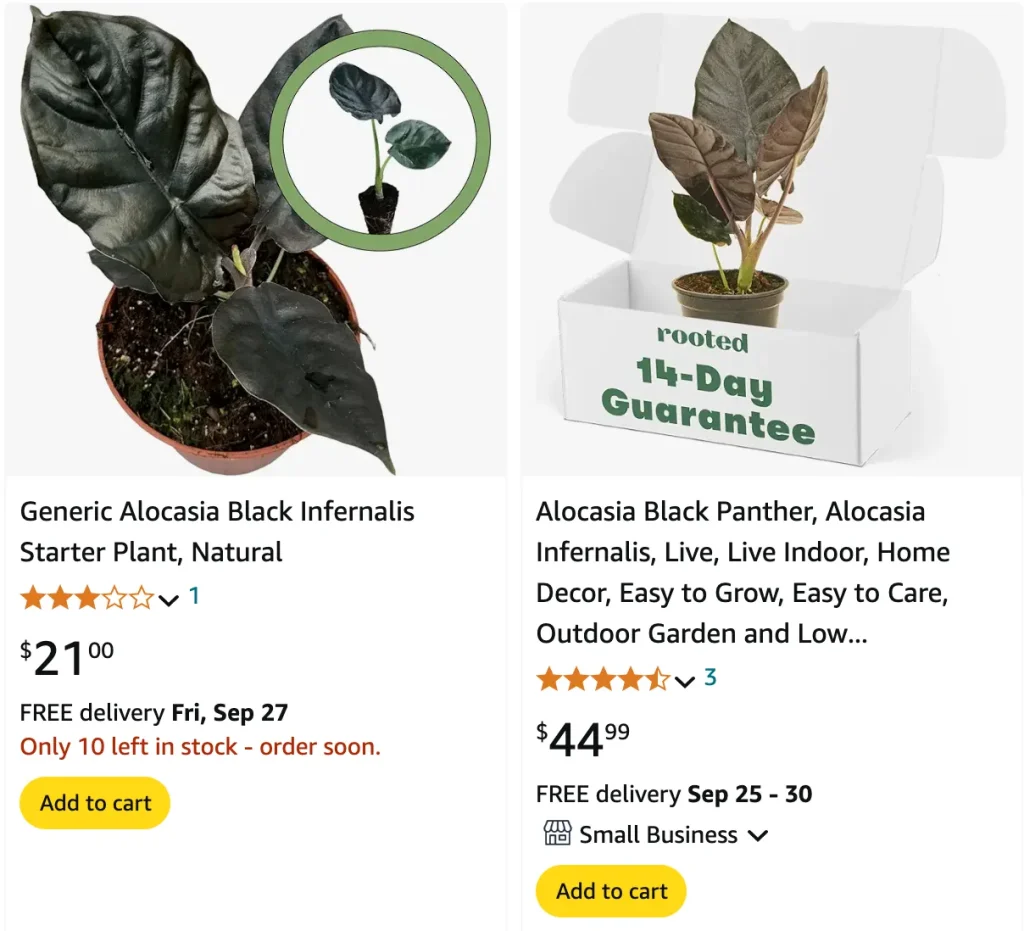
Frequently Asked Questions About Alocasia Infernalis
When it comes to unique and captivating houseplants, Alocasia Infernalis, also known as the Dragon Scale Alocasia, stands out. With its striking foliage and intriguing growth habits, it’s no wonder that many plant enthusiasts are eager to learn more about it. Here’s a comprehensive FAQ to help you care for this fascinating plant and understand its needs better.
90 Species in Genus Alocasia – Elephant Ears
What Is Alocasia Infernalis?
Alocasia Infernalis is a striking species of Alocasia, known for its dark, glossy leaves with a dragon-scale texture. Native to Southeast Asia, it thrives in humid environments and is prized for its dramatic foliage. The plant’s leaves have a deep green to black coloration with prominent, contrasting veins that give them a scale-like appearance, hence the nickname Dragon Scale.
How to Care for Alocasia Infernalis?
Caring for Alocasia Infernalis requires attention to its specific needs. Here’s a guide to keep your plant thriving:
- Light: Alocasia Infernalis prefers bright, indirect light. Direct sunlight can scorch its leaves, so placing it near a window with filtered light is ideal. If the light is too low, the plant may become leggy and its growth may slow down.
- Watering: Keep the soil consistently moist but not soggy. Allow the top inch of soil to dry out between waterings. Overwatering can lead to root rot, so ensure that the pot has good drainage.
- Humidity: This plant thrives in high humidity. To simulate its natural habitat, consider using a humidity tray or a room humidifier. Regular misting can also help maintain the necessary moisture levels.
- Temperature: Alocasia Infernalis prefers temperatures between 65-80°F (18-27°C). Avoid exposing it to cold drafts or sudden temperature changes, as these can stress the plant.
- Soil: A well-draining potting mix is crucial. Use a mix that combines peat, perlite, and orchid bark to ensure good aeration and drainage.
How to Propagate Alocasia Infernalis?
Propagating Alocasia Infernalis can be done through offsets or division. Here’s a step-by-step process:
- Offsets: Look for small bulbs or offsets around the base of the plant. Gently separate them from the parent plant, ensuring each offset has some roots attached.
- Division: When repotting, you can divide the plant into smaller sections. Each section should have a good root system and a few leaves. Repot the divisions into separate pots with fresh potting mix.
What to Plant With Alocasia Infernalis?
Alocasia Infernalis pairs well with other tropical plants that enjoy similar conditions. Consider planting it alongside:
- Ferns: Their lush foliage complements the texture of Alocasia leaves and they share similar humidity needs.
- Philodendrons: Varieties like Philodendron Monstera or Philodendron Pink Princess can create a beautiful tropical display.
- Calatheas: Their vibrant leaves and similar care requirements make them great companions.
Is Alocasia Infernalis Toxic?
Yes, Alocasia Infernalis is toxic to pets and humans if ingested. The plant contains calcium oxalate crystals, which can cause irritation and discomfort. Keep it out of reach of children and pets to avoid accidental ingestion.
Benefits of Alocasia Infernalis
The primary benefit of Alocasia Infernalis is its aesthetic appeal. Its dramatic foliage adds a touch of exotic beauty to any room. Additionally, it can improve indoor air quality by filtering pollutants, though its primary role is decorative.
Common Problems with Alocasia Infernalis
Despite its beauty, Alocasia Infernalis can face a few issues:
- Leaf Dropping: This can occur due to overwatering, underwatering, or sudden changes in temperature. Ensure consistent care and check for any environmental stressors.
- Pest Infestations: Common pests include spider mites and aphids. Regularly inspect the plant and treat infestations with insecticidal soap or neem oil if needed.
- Leaf Yellowing: Often a sign of overwatering or poor drainage. Check the soil moisture and ensure the pot has adequate drainage.
Compare with Similar Plants
Alocasia Infernalis can sometimes be confused with other Alocasia species or similar-looking plants. Here’s how it compares with a few:
- Alocasia Polly: While both have striking leaves, Alocasia Polly has a more pronounced pattern and lighter coloration compared to the dark, dragon-scale texture of Alocasia Infernalis.
- Alocasia Odora: Known for its larger, glossy leaves, Alocasia Odora lacks the distinctive scale-like texture of Alocasia Infernalis and grows much taller.
- Alocasia Amazonica: This plant also features dramatic leaves but is usually lighter in color and less textured compared to the deep, dark leaves of Alocasia Infernalis.
Alocasia Infernalis is a standout plant with specific care needs that, when met, will reward you with its stunning appearance. By understanding its requirements and addressing common issues, you can enjoy this unique plant’s beauty and character in your home.
If i die, water my plants!
